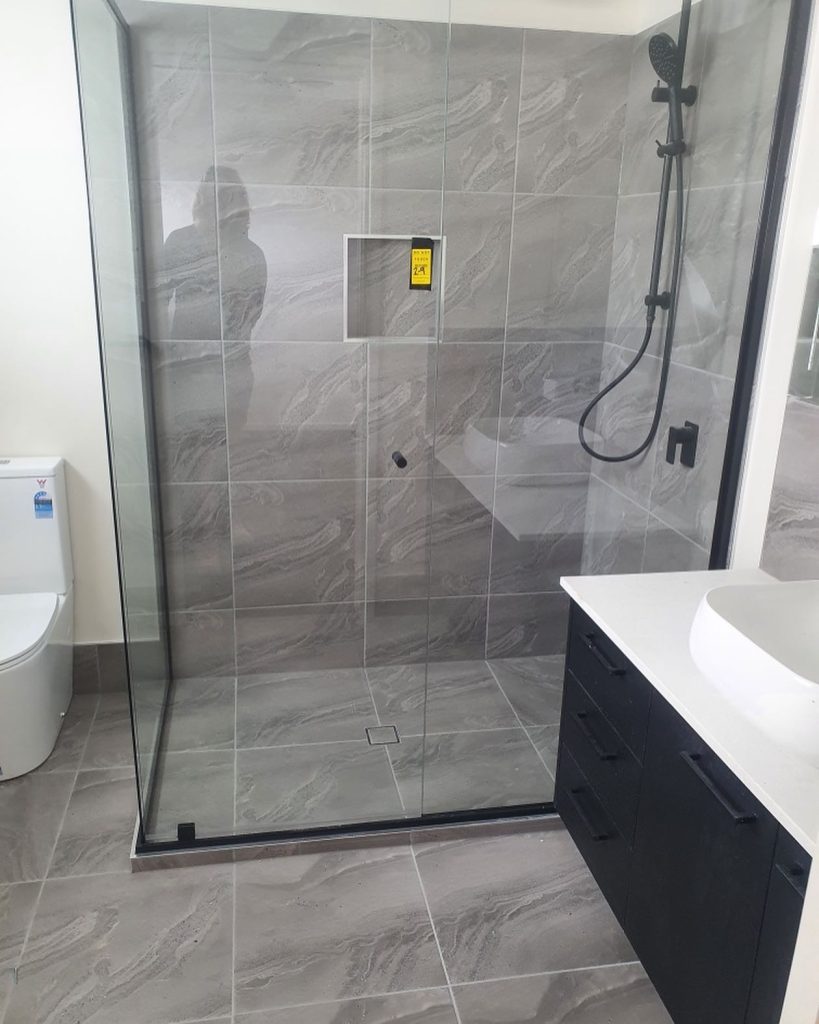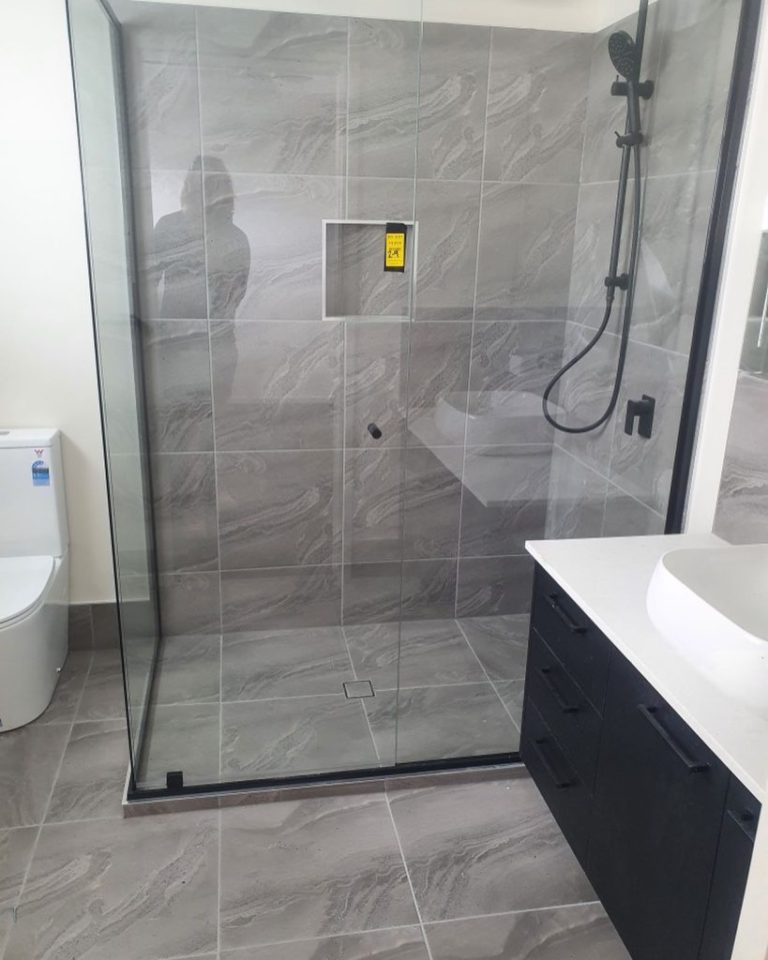Essential Strategies for Choosing the Ideal Bathroom Tiles: Prioritise using porcelain tiles for your flooring requirements, assess the thickness of tiles to ensure they are appropriate for use on both walls and floors, maintain consistency across tile batches to avoid mismatches, check slip ratings to enhance safety on bathroom floors, and effectively manage your budget by focusing on feature areas.
By strategically selecting high-quality tiles, you can create a stunning visual impact, while opting for standard-sized tiles can help control labour costs without sacrificing style.
Navigating the selection of appropriate tiles for a bathroom renovation can be overwhelming due to the vast array of options available. With numerous similar designs in shades of white, beige, and grey, distinguishing between them can be quite challenging, especially when considering their varying price points.
By familiarising yourself with the nuances of tile pricing and the key factors that influence your choices, you empower yourself to make informed decisions. This knowledge will help you avoid costly mistakes, save money, and achieve a sophisticated, polished finish in your bathroom.
This comprehensive guide offers valuable insights specifically designed for Brisbane homeowners, ensuring that you can make smart, budget-conscious decisions when selecting bathroom tiles.

Essential Insights into Tile Pricing: Crucial Factors to Consider for Your Budget
Assessing Material Composition for Superior Durability
Porcelain tiles are celebrated for their dense structure, low porosity, and remarkable durability when compared to traditional ceramic tiles. These tiles are made from finer clays and are fired at higher temperatures, resulting in greater resilience, which often correlates with a higher price point.
In bathroom environments, where water exposure and durability are crucial, selecting porcelain tiles generally represents a wise investment. However, it’s worth noting that ceramic tiles have seen significant improvements in recent years, presenting cost-effective options that are suitable for wall applications and areas with minimal foot traffic.
Understanding the Impact of Tile Manufacturing Processes on Quality and Pricing
The quality of bathroom tiles is influenced not only by their material composition but also by the specific manufacturing processes employed.
Single-fired tiles are typically more affordable but may lack consistency in quality and finish. Conversely, double-fired tiles provide richer aesthetics, vibrant colours, and enhanced durability, making them a sound investment for those aiming for superior results in their renovations.
Tiles featuring rectified edges are precisely cut using advanced technology, ensuring uniformity in size and shape. While these tiles may come at a higher price, they allow for minimal grout lines, resulting in a sleek and modern look that is highly sought after by homeowners.
The Importance of Tile Thickness for Ensuring Structural Integrity
When selecting tiles, it’s crucial to recognise that flooring tiles must be thicker and more robust than those intended for wall applications.
For example, wall tiles generally range from 6 to 8mm in thickness, while floor tiles typically measure between 8 and 12mm.
- Wall tiles generally have a thickness of 6–8mm.
- Floor tiles typically range from 8–12mm thick.
Investing in thick, heavy-duty tiles when wall coverage is all that is needed can lead to unnecessary costs. It is essential to match tile thickness to the specific installation area to maximise your budget effectively.
Evaluating Brand Reputation Versus Material Quality in Tile Selection
Branding within the tile market often results in inflated prices without a corresponding increase in quality.
Established European brands like Porcelanosa and Marazzi frequently command higher prices primarily due to their reputation, rather than the actual quality of their tiles.
Home renovators in Brisbane should focus on the genuine quality of materials, the firing techniques used, and slip resistance ratings instead of relying solely on brand names when making their tile selections.

Effective Strategies for Maximising Your Tile Budget While Ensuring Quality
By making thoughtful and strategic choices, you can achieve an elegant aesthetic in your bathroom without exceeding your budget. Here are some practical strategies to optimise your tile expenditures.
Combine Premium and Standard Tiles for Balanced Aesthetics:
Incorporate high-end feature tiles on a focal wall or within a specific niche, while using more cost-effective tiles in less visible areas to create a harmonious blend of aesthetics and affordability.
Utilise Larger Format Tiles for Increased Efficiency:
Larger tiles, such as those measuring 600x600mm, cover more surface area and reduce the number of grout lines, creating an illusion of spaciousness in smaller bathrooms while also decreasing labour costs.
Stick with Standard Sizes:
Selecting non-standard tile sizes can significantly inflate both purchasing and installation costs. Opting for standard sizes ensures savings and simplifies the installation process, making it a prudent choice.
Look for Clearance or End-of-Run Stock:
High-quality tiles are often available at discounted prices during the final phases of production runs. Purchasing discontinued tiles can lead to substantial savings, but always remember to acquire an extra 10–15% for future repairs or replacements.
Prioritise Durable Tiles for Floors and High-Traffic Areas:
Directing a larger portion of your budget towards tiles for flooring and wet zones, where durability is essential, while using affordable options in dry or low-traffic spaces, ensures that you maximise your investment.
Identifying Key Differences in Tile Quality for Better Decision-Making
While many bathroom tiles may appear similar at first glance, significant differences exist beneath the surface that can greatly influence your renovation experience.
Shade Consistency Is Crucial:
Inexpensive tiles often show inconsistencies in colour across different batches. Always verify batch numbers before purchasing to avoid mismatched tiles that can disrupt your overall design vision.
Glazing Quality Is Fundamental:
Lower-quality glazes are prone to chipping and staining more rapidly. High-quality glazing is resistant to scratches and absorbs less moisture, which is particularly important in wet areas like showers.
Porosity Levels Can Influence Longevity:
Highly porous tiles can result in water ingress and cracking over time, a common issue with cheaper ceramics that may lead to costly repairs down the line.
Slip Resistance Ratings Are Essential:
Bathroom floor tiles should meet or exceed an R10 slip resistance rating according to Australian standards to guarantee safety in wet environments and prevent accidents.
Neglecting to assess these vital factors could turn what appears to be a straightforward tile choice into a potentially expensive repair and replacement scenario.
How Grout Selection Influences the Financial Aspects of Your Renovation Project
While the choice of tiles sets the overall aesthetic foundation for your bathroom, selecting the right grout is equally important, as it directly affects the durability, visual appeal, and maintenance requirements of your tiling project.
Considerations for Grout Costs and Material Types for Optimal Selections
Standard Budget Grout Options:
Traditional cement-based grouts are economical and suitable for low-moisture environments. However, they are porous and may discolour or crack over time, particularly in showers and high-traffic bathrooms.
Premium Grout Alternatives:
Grouts that are either epoxy-based or modified with polymers are resistant to stains, cracking, and moisture absorption. Although their initial costs may be higher, they often yield long-term savings due to reduced maintenance and repair needs.
Premium grout options also come in vibrant, enduring colours that maintain their brilliance even with regular wear and tear.
Understanding the Financial Implications of Tile Size on Grout Costs
Smaller tiles require a greater amount of grout, which affects both material costs and labour during installation.
- Mosaic and small-format tiles demand significantly more grout, not only in terms of volume but also in labour during installation.
- Large-format tiles (600x600mm or larger) minimise grout lines, thereby reducing both material and labour expenses.
If you choose smaller tiles for aesthetic reasons (such as penny rounds or subway patterns), ensure you budget for premium grout. The visibility of grout lines elevates the necessity for a durable, stain-resistant product to ensure lasting appeal and functionality.

Your Comprehensive Tile Buying Checklist for Successful Bathroom Renovations
- Prioritise porcelain tiles for flooring and wet zones to ensure long-lasting durability.
- Consider ceramic tiles for wall applications wherever feasible for cost-effectiveness.
- Confirm tile thickness based on the intended installation area to guarantee structural integrity and longevity.
- Verify batch consistency to prevent colour discrepancies that can disrupt your design vision.
- Check slip ratings for bathroom flooring to ensure safety in wet areas.
- Invest in high-quality tiles for floors and splash zones where durability is crucial.
- Be strategic with your budget: allocate funds thoughtfully, focusing on areas that provide visual interest and impact.
We invite you to connect with us for more innovative tiling ideas that can assist in keeping your bathroom renovation within budget while ensuring both style and functionality.
The Article: Tile Selection to Maintain Your Bathroom Renovation Budget first appeared on https://writebuff.com
The Article Tile Selection for a Budget-Friendly Bathroom Renovation Was Found On https://limitsofstrategy.com




